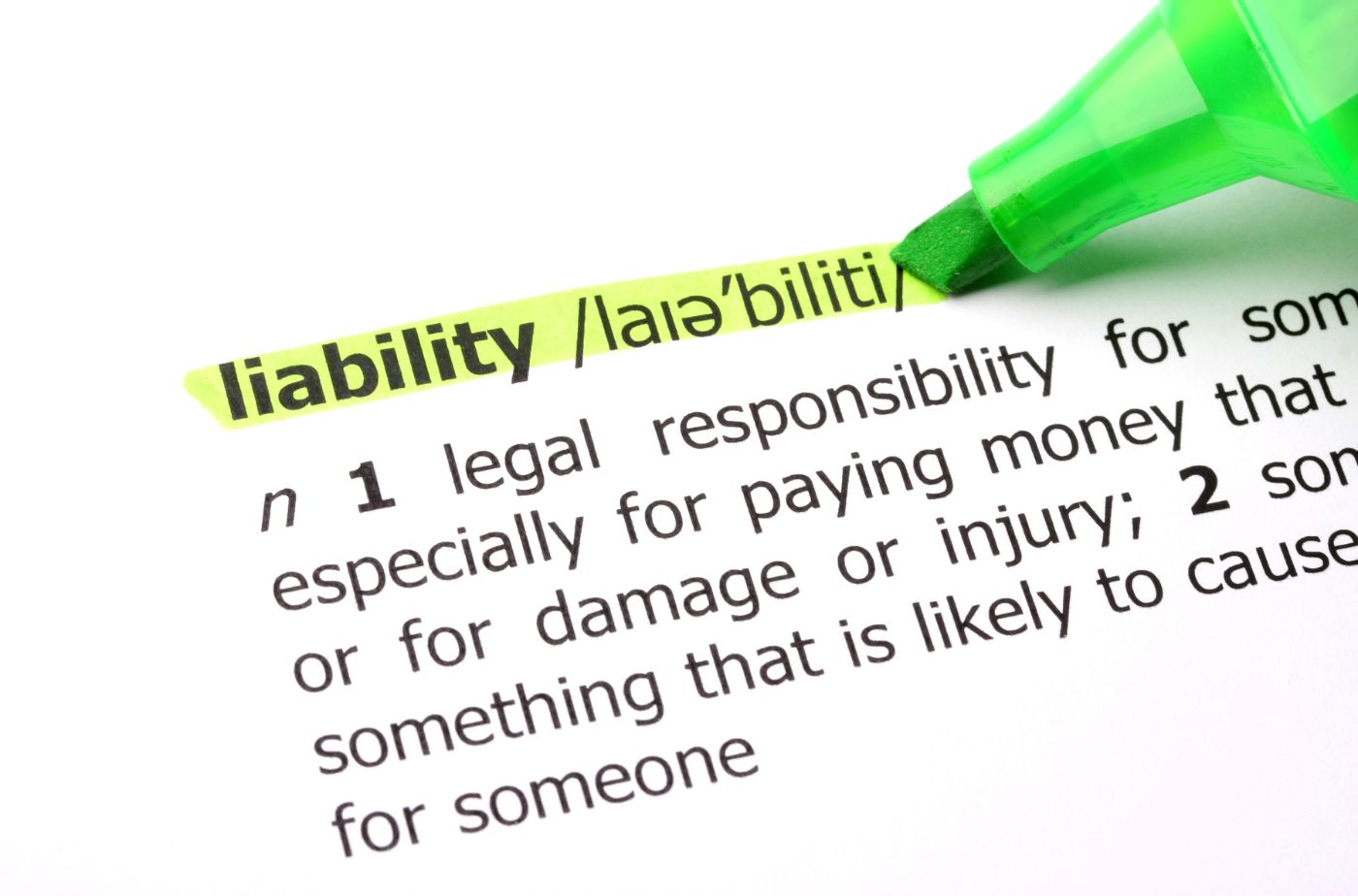Liability forecasting plays an important role in mass tort settlements. One effect of the four-decades-long asbestos litigation is that defendants in mass tort cases often create large settlement trusts through which they compensate current and future claimants for their injuries. Historically, settlement trusts have encountered two challenges that show the need for their leadership to forecast current and future liabilities.
The first is that the medical injuries caused by dangerous products sometimes manifest years after the exposure or interaction. That means settlement trusts often must remain open and solvent for many decades after the last dangerous product has rolled off an assembly line.
The second challenge is that the trustees of these trusts owe a fiduciary duty to two groups: (i) claimants who have already filed claims and expect fair compensation for their injuries; and (ii) future claimants who have yet to file claims but who will also expect fair compensation for their injuries.
These two challenges require settlement trusts to have adequate funding to last for several decades, lest claimants go uncompensated.
To ensure adequate funding, astute settlement trust trustees hire experts to assist them with liability forecasting. By modeling the monetary value of the expected mass tort claims to be filed over several years or decades, trustees can estimate with a reasonable level of certainty the amount of money they’ll need to invest initially into the fund, how that money will grow over time, and whether the trusts will need additional funding at some later date.
Liability forecasting is a practice best understood through the three areas it analyzes: (i) the risks and injuries created by a product and its use, (ii) claims filed and approved, and (iii) finances.
Forecasting injuries
Liability forecasting begins with determining the liabilities that a mass tort defendant may face in connection with its manufacturing and/or sale of an allegedly dangerous product. Outside and inside experts are brought in as part of the forecasting process to identify and evaluate the claims that a product’s users might assert.
For example, engineering experts would be needed for mass tort claims regarding consumer goods, such as 3M earplugs. In the pharmaceutical-drug or cosmetic-product space, experts in biochemistry, medicine, or epidemiology would be required along with experts in statistical modeling. The experts would help the defendants understand the claims that users might file against them.
Forecasting the dangers and injuries stemming from an allegedly dangerous product involves analyzing the connection between the product, its risks, and the resulting injuries it allegedly causes.
As to the product, forecasters and other experts will ask questions such as:
- What went wrong with the product? In what ways did it fail?
- Why has the product injured people? Is it a design defect, manufacturing defect, or a problem with the product’s use instructions/warnings?
- What were the resulting injuries from each of its modes of failure?
- What are the likelihoods of injuries from each of the product failure modes? How many injuries have been reported versus how many products have been sold? Is there potential for non-reporting of injuries?
- How severe are the injuries from each of the failure modes?
- How will likelihoods and severities of injuries change over time?
- Are different versions of the same product equally dangerous?
- Are injuries coming after resales of the product?
- What demographic or other characteristics drive use and injury for the product? How will these characteristics change over time?
- Will the dangerous product continue to be sold as-is, or are there plans to change the product to make it safer? How long will the product remain in use?
On the injury side, forecasters and their experts will examine what kinds of injuries users suffered, how they occurred, the frequency with which they occurred, and their severity.
Even if a product has a higher-than-average likelihood of failing or causing injury, it may not lead to significant long-term liability for a defendant if users frequently suffer only minor injuries that do not prompt the filing of legal claims, or for which damages would be meager in the eyes of even the most pro-plaintiff jurors.
Conversely, the impact of moderate severity risks that may take many years to manifest is often underestimated by non-forecasters, as these risks can be high-probability occurrences, resulting in large volumes of compensable claims.
Forecasting claims and approvals
When forecasting claims filings, the metrics to be evaluated and estimated include the number of claims filed, the strength of the claims or the likelihood of those claims succeeding at trial, and the average value of the claims. This involves creative and technical work in understanding the populations potentially affected (past, present, and future), legal restrictions and definitions, similar settlements, available lawsuit or case data, and much more.
A fascinating—and difficult—aspect of forecasting claims filed is that the number and quality of claims will often depend on the behaviors of plaintiffs’ law firms who are leading the marketing or litigation charge in a particular mass tort.
The more aggressively and effectively plaintiffs’ firms market a mass tort, the more likely there is to be a large pool of potential claimants. Putting aside for a moment how many of those claimants might end up filing claims, the combined size of all the advertising campaigns around a mass tort, on its own, will correlate to the number of claims being filed and would be accounted for within liability forecasting.
On the other side of the coin, how plaintiffs’ firms decide to approach their filing of claims will affect liability forecasting as well. Some firms may cast a wide net for cases and litigate them all. In this situation, the liability forecast will need to account for a sizable portion of claims that will be unsuccessful. Other firms might vet cases more carefully and only bring their strongest cases. In this situation, the liability forecast will need to account for a higher proportion of cases that are not only meritorious but that might be on the upper end of the damages spectrum.
An expert forecaster will weigh a breadth of scenarios to understand the profile of what constitutes reasonable risk of claim filings and their resulting approvals and damages being awarded.
Forecasting finances
Legal remedies in settlements are measured in currencies. Thus, forecasting models must take the raw elements, injuries and severities along with numbers of claims filed and approved, and collect them into payments made. Since these payments are made over time to past, present, and future claimants, forecasters will put their results into a cash flow model.
Forecasters, with input from financial consultants, will estimate future cash flows. Mass tort defendants can pay for long-tail liabilities by investing settlement funds and using both the principal and their investment returns to fund future claims payments. The financial analysis will account for factors such as inflation, return on investment, and burn rate of funds.
A robust liability forecast will present a range of scenarios based on these factors, including best, worst, and typical scenarios. A best-case scenario might assume low inflation and excellent investment performance that generates sufficient income to cover claims as they are made. A worst-case scenario might assume economic headwinds that ultimately require additional infusions of funds to settle claims.
Mass tort liability forecasting is both a science and an art
Liability forecasters will rely on subject matter experts to create their models. But a liability forecaster’s job is to translate mathematics—not ONLY to be a mathematician.
A forecaster must bring together the numbers provided by subject matter experts, verify them with available data, build a flexible, robust mathematical model estimating present and future claims and damages, and present those findings to trustees, lawyers, and other interested parties in ways they can digest. The more clearly liability forecasters communicate their assumptions and findings, the easier it will be for the people receiving the findings to understand them, challenge them, and present them to whomever they have to present them to.
The asbestos settlement trusts of yesteryear taught all trustees of settlement trusts an important lesson: There’s no guarantee that the funding a trust starts with will cover all the recoveries claimants are entitled to through a jury verdict or settlement. Through liability forecasting, settlement trust trustees can make an educated guess about how to fund their trust today and tomorrow to ensure claimants who are entitled to a recovery in a mass tort receive one, no matter when they file their claim.
Mark Zabel is a member of the Analytics team at Verus, a leading mass tort litigation support services firm. He can be reached at mzabel@verusllc.com.
Edward Silverman is Analytics Manager at Verus, a leading mass tort litigation support services firm. He can be reached at esilverman@verusllc.com.
Reprinted with permission from the September 4, 2023 edition of the New Jersey Law Journal © 2023 ALM Media Properties, LLC. All rights reserved. Further duplication without permission is prohibited, contact 877-257-3382 or reprints@alm.com.







